Skip to content
This story first appeared in the February/March Issue of the Zephyr. We’re reprinting it here, in smaller sections, to make it easier for our readers to absorb the information.
NOTE: In preparing this article about Moab’s city manager Rebecca Davidson, the Moab City Council’s actions re: Ms. Davidson and the subsequent “restructuring” of Moab government, The Zephyr sought information from a variety of sources. We filed Freedom of Information Act requests, via the Wyoming Sunshine Laws, with the City of Kemmerer, Wyoming and the Wyoming Division of Criminal Investigation. We filed a Government Records Access request (GRAMA) with the City of Moab, and we conducted interviews with numerous people personally involved in the issues raised here. We also contacted reporter Trevor Hughes, now of USA Today, who wrote a comprehensive article about the current Moab City manager’s tenure as city manager in Timnath, Colorado.
On January 11, we sent 15 questions to city manager Rebecca Davidson, in an effort to “clarify and resolve” issues raised in this article. She did not respond (Those questions are available to the reader elsewhere in this issue). Finally, we contacted the Moab City Attorney, Christopher McAnany, to seek clarification on the process used to fulfill our GRAMA request with Moab City. His January 24 response, which he noted was, “in lieu of any further response from Ms. Davidson,” is included elsewhere in this issue, and excerpted later in this article. Finally, we offer the City of Moab the opportunity to reply. But please note that all correspondence with this publication will be regarded as ‘on the record.’…JS
“WHAT’S PAST IS PROLOGUE?”
The government of the City of Moab and its elected representatives and the people who work as administrators, are there to serve the citizens who live and work in the community. And that government must be accountable to the People. Greater change has affected Moab City Hall in the past eight months than in the previous decade. There are questions, broad and specific, that need to be asked, and answered more transparently than they have so far.
* When the Moab City Council moved forward to hire a new city administrator, what were the qualities in Rebecca Davidson that made her the council’s choice among 57 applicants?
* Was the council aware of the litigation in Timnath and was it aware that the ‘non-disparagement’ agreement prohibited city officials from providing any information about Davidson’s tenure there?
* With that in mind, how did the city properly vet Ms. Davidson? Did the city ever receive the copy of the “supplemental audit from the Town (of Timnath),” mentioned by city recorder Stenta? According to Stenta, the document “cleared (Davidson) of any allegations or wrong doing” Was that document sent to the city? If so, why was it not included in the GRAMA request?
* Did the council investigate Davidson’s tenure in Kemmerer? Is there any written documentation? If so, why wasn’t it included in the GRAMA request?
* Was the council aware that a priority for Davidson in Kemmerer was to dramatically ‘restructure’ its government, a process that led to the departure of more than 20 of its employees in just three years?
* Was the City of Moab aware that Davidson had made criminal allegations against two of Kemmerer’s staff, forcing an investigation by the Wyoming Division of criminal Investigations, and that in both cases, the county attorney declined to prosecute and the cases were closed?
* Was ‘restructuring’ a priority for the Moab City Council before Davidson was offered the job? If so, was her aggressive management style in Kemmerer the reason she was selected? Who in city government, elected or staff, proposed the restructuring, and what were the reasons for pursuing such a dramatic overhaul?
* If restructuring Moab City was a topic of discussion, how and where was it discussed? In the GRAMA request, there isn’t a single document or evidence of any written correspondence between the council members or with the city manager, discussing the idea or its implementation. How was this complex change discussed and debated? If it was conducted completely behind closed doors, as City Attorney McAnany states, in executive session, can the City Council explain the need for absolute secrecy for a decision that had the potential to affect its entire staff?
* Did the council ever meet with the staff during the summer months to discuss restructuring and inform them that they could lose their jobs, literally in a matter of minutes, with no warning?
* Did the mayor and city council know, on the evening they voted to restructure the city staff, that the next
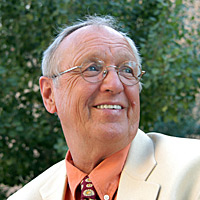
Mayor Dave Sakrison
day Ken Davey and David Olsen would be summarily dismissed and required to leave the building?
* Does the city administrator plan further ‘restructuring’ and more dismissals and changes in Moab City’s staff in the same dramatic fashion that city workers in Kemmerer experienced?
* Does the Mayor and Council feel the severance offered to both employees was fair, given their years and decades of service to the community? Was the City aware of the severance package that Davidson received when she left Timnath?
* The City of Moab employed the company Tayo, Inc. to perform IT security services, three weeks after Davidson assumed her Moab duties. The co-owner of Tayo, Inc., Tara Smelt, was her ‘Director of Communications and Events’ in Kemmerer and was, according to official records, still employed there when Tayo, Inc. was hired. Was there an urgency to hire Tayo, Inc, so quickly and was there a conflict of interest hiring Smelt?
* What is the business history of Tayo, Inc? Can it offer Moab citizens any performance reviews and present a list of customers and clients that have previously utilized the services of Tayo, Inc.?
* * *
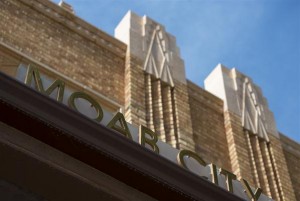 On January 4, 2016, three new Moab City Council members were sworn into office. Rani Derasary, Kalen Jones, and Tawny Knuteson-Boyd were the top vote getters in Moab’s municipal election in November and now assume the responsibilities of their office, to represent the citizens of their community to the best of their ability. None of the three played any role in the events and incidents that have played out in Moab in 2015. They take office with a clean slate and hopefully open minds.
On January 4, 2016, three new Moab City Council members were sworn into office. Rani Derasary, Kalen Jones, and Tawny Knuteson-Boyd were the top vote getters in Moab’s municipal election in November and now assume the responsibilities of their office, to represent the citizens of their community to the best of their ability. None of the three played any role in the events and incidents that have played out in Moab in 2015. They take office with a clean slate and hopefully open minds.
Moab’s municipal elections had always been non-partisan votes, where none of the candidates were defined by any particular political party, and until recently, ideology didn’t enter the discussion either. But as Moabites find their community more and more divided by polarizing politics, even the council elections this time were marked by candidates running as ‘blocks,’ and assumed to be “Left or Right.” In the minds of Moab voters this time, the ‘Left’ won.
As longtime Moabite and Zephyr contributor Kara Dohrenwend noted recently, “The issues facing Moab City need skills and attention to detail that are not necessarily illustrated by the left or right leaning of a political candidate.”
And yet, just recently The Zephyr received a note from one of the city manager’s most ardent critics, who almost in the same breath expressed her delight that the “liberal” candidates had won the recent city council elections. Politically, “liberalism” is defined as “a theory founded on the goodness of human beings.” She failed to connect the fact that the most self-proclaimed “liberal” members of the council in 2015 were the current city manager’s most strident supporters and defenders. Maybe we need to look beyond ideology, beyond politics and beyond the notion that anyone even understands the ideology they claim to embrace. It’s a lot simpler than that.

When a community, large or small, goes to the polls to elect their representatives, they vote with the hope and the belief that they are choosing the best of us—we hope that they’ll be intelligent and articulate and effective. And yes, efficient. But we also insist they show the other qualities that we cherish and hope to find in ourselves—like honesty and compassion, and honor and integrity. And humility. We hope in short to elect, “the better angels of our nature.”
Moab’s governing body and its city manager represent the community they serve. Its citizens need to ask if they’re being represented in a way that reflects the community’s ‘better angels.’ In the end, what else matters?
(For some personal thoughts re: the events described in this story, read Stiles’ “Take it or Leave it.“)
Jim Stiles is Founder and Co-Publisher of the Canyon Country Zephyr.
Posted in Uncategorized.



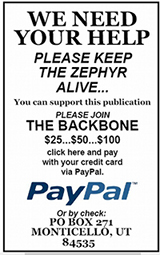



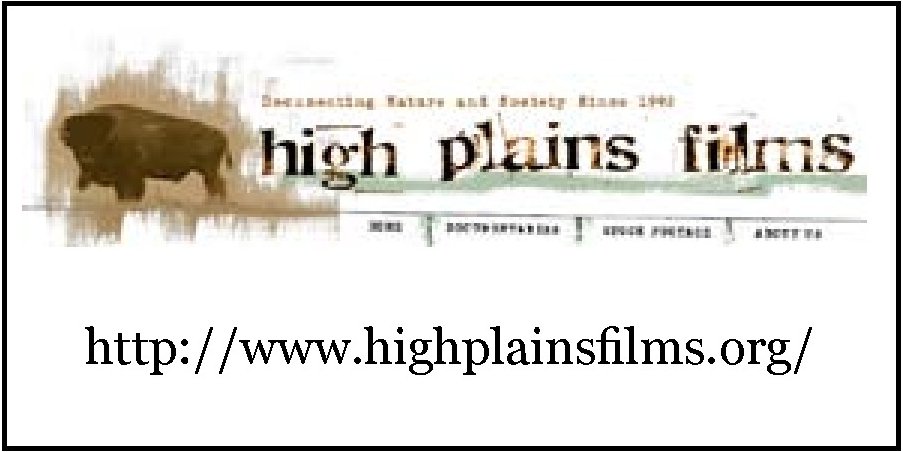

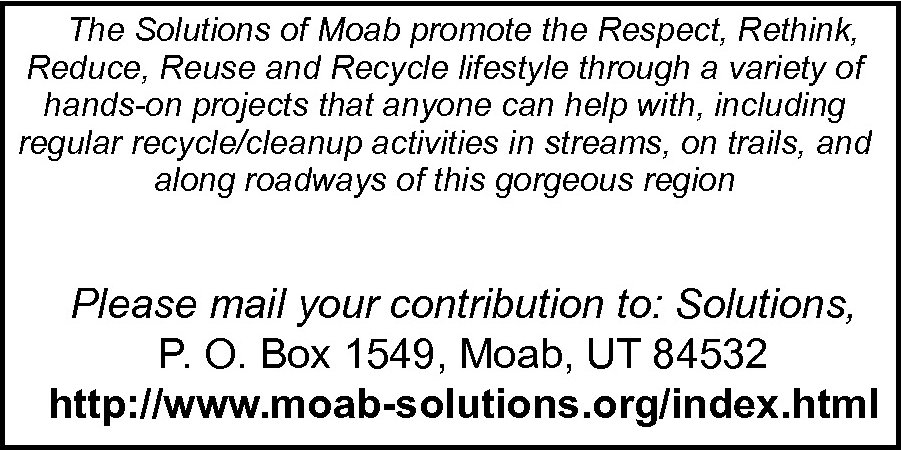
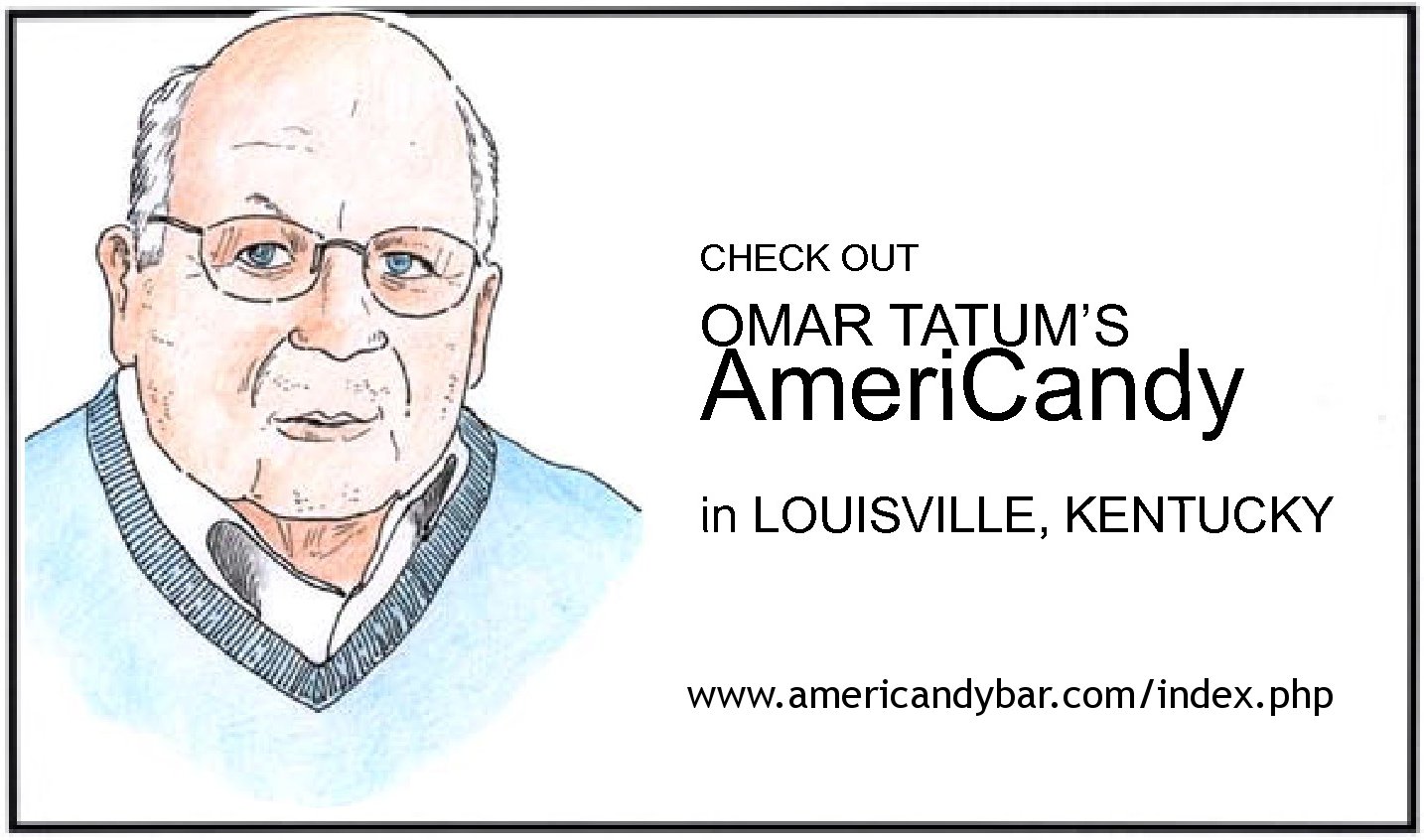


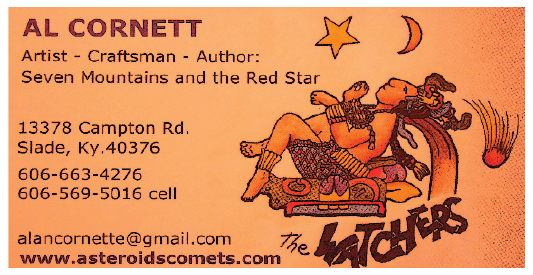


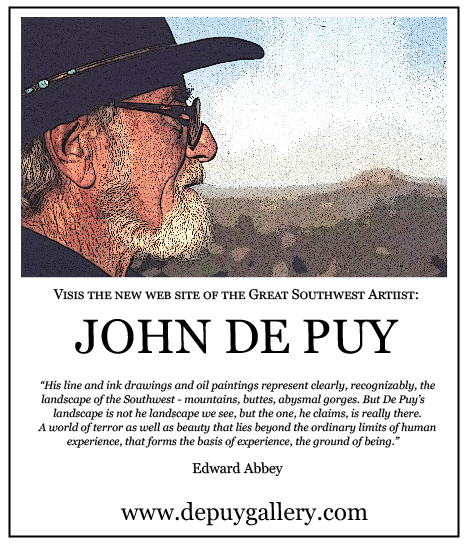

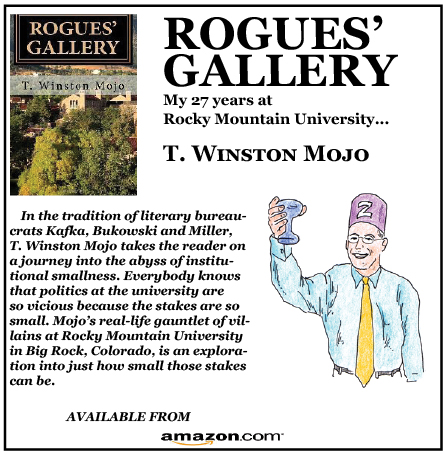
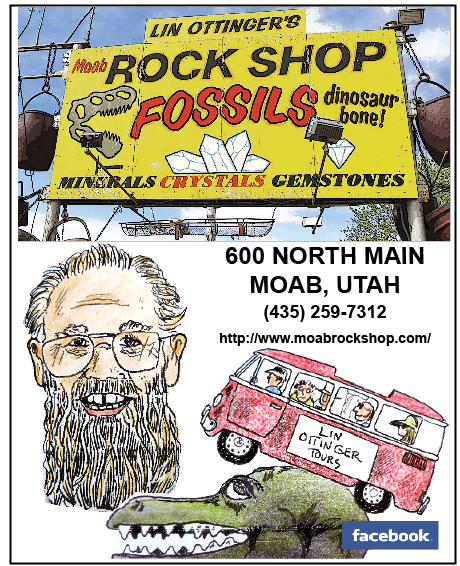

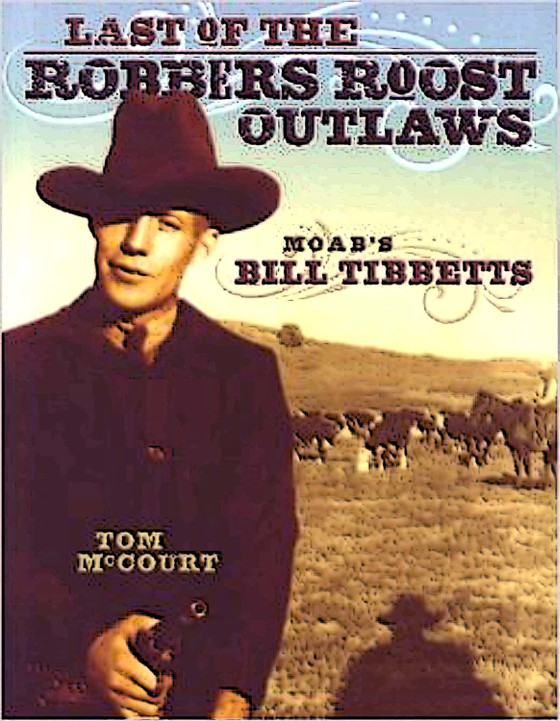
0 Responses
Stay in touch with the conversation, subscribe to the RSS feed for comments on this post.